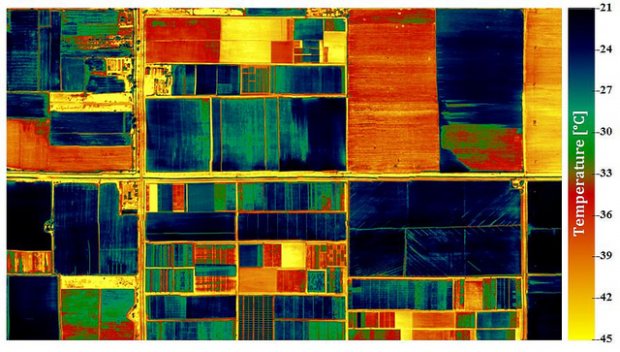
If agriculture is to share an economically efficient portion of the mitigation burden, investment is urgently needed to support massive innovation and changes in agricultural practices—and likely the entire food system.
There is a widely held assumption that sustainable intensification is a sufficient measure for reducing future greenhouse gas emissions in agriculture. We know that sustainable intensification at the very least decreases the emissions intensity of food. It also likely helps reduce emissions that would have occurred with less efficient systems in the future and “spares land” to avoid conversion of high carbon ecosystems such as forests in the humid tropics or peatlands.
So will sustainable intensification meet hard climate targets?
Not in the current trajectory, according to global models analyzed by Lini Wollenberg, leader of Low Emissions Agriculture for CCAFS, and colleagues. At the Climate Smart Agriculture Global Science Conference in Montpellier on March 17, Wollenberg summarized their findings:
Neither business-as-usual intensification of agriculture nor moderate adoption of mitigation practices will reduce emissions enough to avoid a 2-degree C temperature increase in 2100 compared to pre-industrial levels.
Sustainable intensification scenario
Wollenberg shared research results generated with IIASA, theUniversity of Aberdeen, the Food and Agriculture Organization of the United Nations (FAO) andWageningen University and Research Centreabout whether the sustainable intensification needed to produce 60% more food for the expected population of 9-10 billion more people in 2050 is sufficient for meeting the hard climate goal of not surpassing a 2-degree Celsius rise in temperatures by the end of the century.








